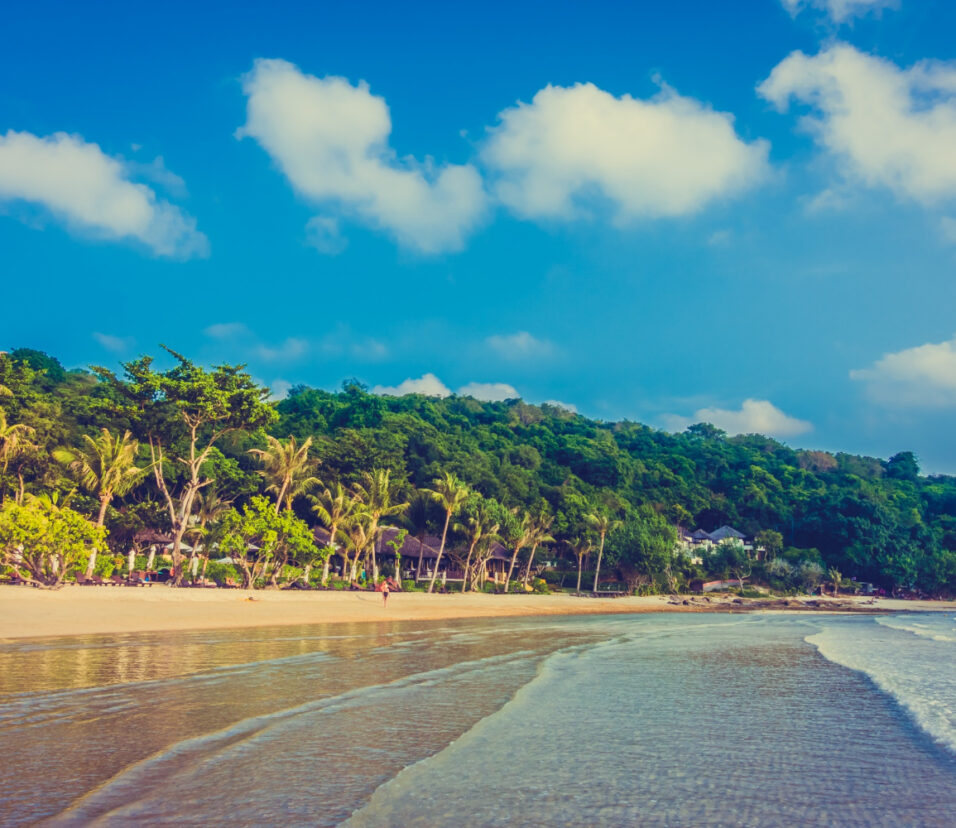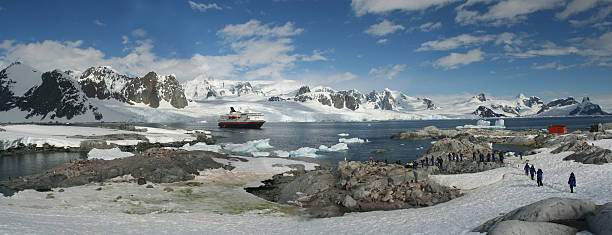Champawat District
Champawat district, which is geographically divided into terai, Shivalik, and high mountain ranges, is widely regarded as the origin of culture and religion in Uttarakhand state. Champawat’s geography is diverse, with elevations ranging from 200 to 2000 meters above sea level, each with its own climate and weather. Champawat is a beautiful region with ancient temples and a strong emphasis on preserving original culture as part of daily life.
The district is named after Princess Champawati, the daughter of King Arjun Deo, who ruled the region in historical times and had his capital in Champawat.
History of Champawat District
Champawat district was previously part of Almora district. The area became part of the Pithoragarh district in 1972. On September 15, 1997, Champawat was declared an independent district.
Do you want to visit Char Dham? Char Dham Travel Agent is the best place to plan your Char Dham tour. You can book the tour from here.
Champawat is revered in Uttarakhand as the origin of culture and religion in the region. The Champawat land is thought to be the home of Naga and Kinnar, char dham yatra as described in Hindu mythology. Khash Kings ruled the region in the past. Historical pillars, monuments, manuscripts, archeological collections, and folklore from the region attest to its historical significance. The manuscripts clearly show that the Katyur Dynasty ruled the region in the past.
Folklores describe the region’s significant presence during the Mahabharata period. The Mahabharata dates back to the Dwapar Yuga, when Lord Vishnu incarnated as Lord Krishna and aided the Pandavas in their holy war at Kurukshetra. The Barahi temple in Devidhura, the Sapteshwar temple in Sipti, the Hidimba-Ghatotkach temple, and the Tarkeshwar temple in Champawat town are thought to date back to the Mahabharata period.
Champawat District Tourism
Tourists who visit Champawat fall in love with the beauty of the wide-spread mountain ranges, large valleys, diverse landscape, cliffs, mesmerizing rivers, and beloved rivulets. Champawat is a small district that houses historical monuments, pillars, manuscripts, as well as folk songs, dances, and stories. The ancient temples of Champawat are another tourist attraction. The Ladhia, Lohawati, Panaar, Jagbura, and Ramganga rivers, which eventually meet and merge with Kali, are beautiful sights for tourists to see. The Sharada River, which flows towards the Terai region, creates a memorable image in the minds of tourists. Traveling through Champawat involves both exploring the landscape and learning about the native culture and traditions. Tourists are entertained by traditional folklore, songs, and dances when they visit Champawat during one of its festivals. Furthermore, the simple, innocent, and interactive locals of Champawat are always willing to share and quench tourists’ thirst for new experiences.
Would you like to visit Indiar? A tour operator in India is the best place to plan your tour. You can book a tour from here.
Champawat District: Administrative Setup
Champawat district is divided into four tehsils, one sub-tehsil, and four development blocks. To meet the general public’s health needs, Champawat district has ten allopathic hospitals, two primary health centers, four dispensaries, 194 beds in a government hospital, and 23 beds in an ayurvedic hospital. Champawat district has 513 primary schools, 130 middle schools, 84 secondary and senior secondary schools, and three colleges to provide students with easy and affordable educational access.
Champawat district borders Nepal in the east, separated by the Mahakali River, Pithoragarh in the north, Almora and Nainital in the west, and Udham Singh Nagar in the south.
Champawat District – Economy
Champawat district is relatively underdeveloped and economically disadvantaged as a result of limited agricultural land use and a lack of industrial development. With 65% forested land, some forest-based industries have potential, but only 9% of char dham yatra tour operators the land is irrigated, resulting in a high unemployment rate. The majority of Champawat district’s male members are out of the district looking for work, leaving female members to handle the household and all other responsibilities at home. Education, health, and income-generating projects are all potential investment and development sectors in the Champawat district.
Would you like to visit Haridwar? Travel agents in Haridwar are the best place to plan your trip. You can book your tour right here.
Many rivers and rivulets flowing through Champawat can be used to irrigate fields and develop the agricultural sector. The forest-based industry, skill generation trainings and projects, and internet education are all critical for economic growth. Medium and small-scale industries must be developed, and public participation should be encouraged.
Population of Champawat District
According to the 2011 national census, Rudraprayag district has a total population of 259,648 people, with 128,523 women and 131,125 men. There are 37,028 children aged 0 to 6, with 17,262 girls and 19,766 boys. The urban population accounts for 14.77% of the total population, totaling 38,343. Rural areas account for 85.23% of the population, which totals 221,305 people.
Champawat’s literacy rate stands at 79.83%.
| Total Area | 1,766 Sq. Km. | |||
| Particulars | Total | Female | Male | Remarks |
| Population | 259,648 | 128,523 | 131,125 | Growth rate: 15.63% change as of 2001 |
| Sex ratio | 980 women per 1000 men | |||
| Literate population | 177,726 | 75,711 | 102,015 | |
| Literacy rate (%) | 79.83 | 68.05 | 91.61 | |
| Child population (age 0-6) | 37,028 | 17,262 | 19,766 | 14.26% of total |
| Child sex ratio | 873 girls per 1000 boys | |||
| Urban Population | 38,343 | 18,060 | 20,283 | 14.77% of total |
| Urban sex ratio | 890 women per 1000 men | |||
| Urban literate population | 27,816 | 12,180 | 15,636 | |
| Urban Literacy rate (%) | 82.65 | 76.40 | 88.26 | |
| Urban Child population (age 0-6) | 4,686 | 2,118 | 2,568 | 12.22% of total |
| Urban Child sex ratio | 825 girls per 1000 boys | |||
| Rural population | 221,305 | 110,463 | 110,842 | 85.23% of total |
| Rural sex ratio | 997 women per 1000 men | |||
| Rural literate population | 149,910 | 63,531 | 86,379 | |
| Rural Literacy rate (%) | 79.33 | 66.65 | 92.24 | |
| Rural Child population (age 0-6) | 32,342 | 15,144 | 17,198 | 14.61% of total |
| Rural Child sex ratio | 881 girls per 1000 boys | |||
| Proportion to Uttarakhand Population | 2.57% |
Best time to visit Champawat.
Champawat district has a wide range of weather conditions in various locations. The terai is very hot during the summer and very cold during the winter, whereas the hilly region is cold all year. Tourists can visit Champawat at any time of year, provided they are well-prepared with appropriate clothing and other necessities for the season and climate.
How to reach Champawat?
By air: The Pantnagar airport in Udham Singh Nagar is 170 kilometers from Champawat. Tourists can travel to Champawat by bus, taxi, or jeep travel agents in haridwar from Pantnagar Airport.
Tanakpur in Champawat is a railway station 75 kilometers from Champawat town. Tourists can travel to their destination via roadways from Tanakpur Railway Station.
By road: Champawat has well-connected roadways with neighboring districts, connecting it to the rest of Uttarakhand, India, and even the neighboring country Nepal via Tanakpur.
Places to See in Champawat District
Baleshwar temple: Believed to have been built by Chand rulers in the 10th and 12th centuries, the Baleshwar temple dedicated to Lord Shiva is highly revered and visited in Champawat district. Baleshwar temple, as a center of faith and dedication among the locals, attracts tourists from outside due to its stonework, in addition to its religious significance.
Lohaghat is a beautiful city located on the banks of the Lohawati River. Tourists can be found roaming through the Lohaghat and Lohawati rivers at any time of year. The natural beauty entices visitors from far and wide.
Many temples and pilgrimages, such as Nagnath temple, Ek hathiya ka Naula (only 5 kilometers from Champawat city), Mayawati Ashram, Pancheshwar temple, Poornagiri temple, Sapteshwar temple, Hidimba-Ghatotkach temple, Tarkeshwar temple, Hingla Devi temple, Maneshwar, and Karanteshwar temple, draw tourists because of their architectural value, religious significance, and historical background.





